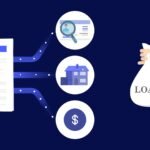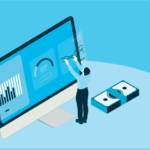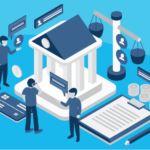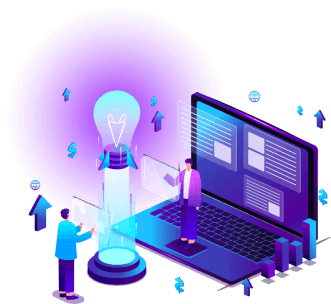Loan Origination Process Explained (And How to Improve Efficiency) – In the fast-moving world of finance, loan origination is an important process used to connect lenders with qualified borrowers. The loan origination process runs from the application stage to disbursement and contains a series of distinct steps that allow the lender to assess the borrower’s eligibility, evaluate risk, and ensure compliance with regulations. As consumer expectations have risen and technology has also advanced, streamlining the loan origination process for lenders to increase efficiency has become imperative for lenders who want to remain competitive.
In this article, we will explore the loan origination process and each of its incisive steps, in addition to describing how financial institutions can ultimately streamline their processes to be more efficient, in terms of speed, accuracy, and the customer experience. 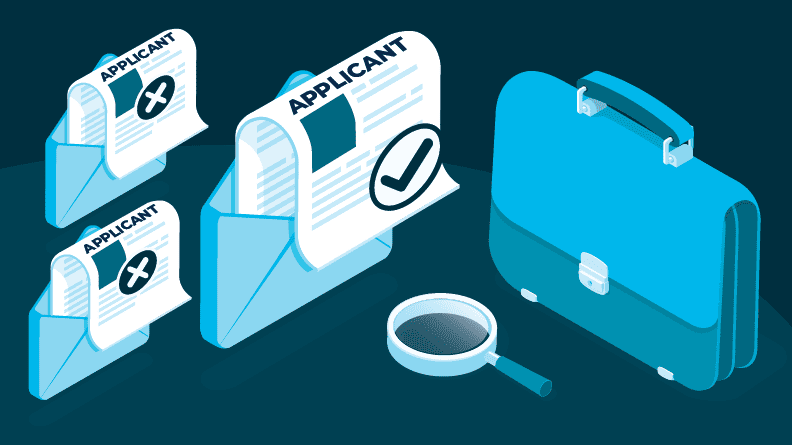
What is Loan Origination?
Loan origination is the entire process used to evaluate an applicant’s submission for a loan from the time the applicant submits their application to the time the funds are released (or the application is declined). The entire loan origination process includes a series of touchpoints, which include: application intake, documentation, credit decisioning, underwriting, and final approval. Loan origination applies to numerous types of loans (personal loans, mortgages, auto loans, business loans, etc.). While the process is similar, the conditions will be different based on the loan type, the lending institution’s policies, and timeframes.
The Loan Origination Process broken down, step-by-step.
1. Prequalification or Pre-approval
The Borrower provides simple financial info — such as income, employment information, credit score, and a list of any existing debts. Before the borrower is approved for a loan, they will do an early check to see if the borrower is eligible for a loan and how much they would be able to borrow.
2. Loan Application
You apply for a formal loan either online or in-store. That information includes personal and financial details such as tax returns, bank statements, employment verification, and identity documentation.
3. Document Collection and Verification
All attachments/appendices are viewed and validated. Since lenders count on third-party vendors to verify employment history, the accuracy of income, and legitimate identity, it has become unclear whether everyone is treated equally. Security checks as well as Risk checks are done in this Phase.
4. Credit Check and Risk Assessment
And the lenders would assess the credibility of the applicant by pulling their credit report and checking their debt-to-income ratio. Risk models and scoring algorithms help determine whether the borrower meets the lender’s threshold.
5. Underwriting
This is when decisions must be made. The loan file is thoroughly reviewed by the underwriter to ensure everything is to standard and that the risk is acceptable. Approved submissions are reviewed to ensure that they comply with lending criteria.
6. Loan Approval and Terms Negotiation
If approved, the borrower will be notified of the interest, repayment dates, and fees they’ll have to pay. Such terms may be open to negotiation by a borrower before final acceptance.
7. Loan Closing and Disbursement
When the borrower agrees to the terms, the paperwork is signed. Money is then transferred to the borrower or the seller. The loan is now live, and payments begin on time.
Common Challenges in Loan Origination
Manual processing bottlenecks – Many organizations still rely on paperwork and manual inputs, which result in processing delays.
Unverified data – Mistakes can occur, or documents may be missing with applications, which can slow things down.
Regulatory compliance – Ensuring adherence to lending laws adds layers of complexity.
Poor customer communication – Lack of status updates or unclear instructions frustrates borrowers and increases drop-off rates.
How to Improve Loan Origination Efficiency
Automate key workflows
Use LOS that automates data collection, document verification, credit checks, and underwriting. Automating repetitive tasks lowers processing time and reduces human error.
Use AI and Machine Learning
AI tools can analyze borrower data in real time and offer predictive insights for underwriting. Machine learning models can flag high-risk applications or suggest maximum loan products for particular borrower profiles.
Digital document management
Remove physical paperwork by adopting e-signature technology and secure document upload portals. This speeds up document management and improves transparency.
Combine credit and recognize verification tools
Third-party combinations with credit bureaus, employment databases, and fraud detection systems can validate borrower information rapidly and reliably.
Smooth compliance monitoring
Use automated tools that track and audit compliance requirements, ensuring you stay within regulatory bounds without constant manual oversight.
Improve borrower communication
Deploy automated status updates through SMS, email, or borrower portals. This keeps applicants knowledgeable at every step and lowers the need for support staff to manage repetitive queries.
Track and analyze performance metrics
Observe KPIs like average approval time, dropout rate, and loan closure rate. Utilize this data to identify bottlenecks and refine your process constantly.
Advantages of an Effective Loan Origination Process
Quicker approvals – Lower processing times help you serve more customers.
Reduced costs – Automation and digitization reduce operational costs.
Improved customer experience – A flawless process enhances satisfaction and repeat business.
Lower risk – The right data and automated checks lower the chances of fraud or default.
Regulatory safety – Consistent compliance processes lower the risk of legal penalties.
Conclusion
The loan origination process is the gateway to a lender’s revenue and a borrower’s financial future. By knowing every stage in detail and using contemporary tools, institutions can change their operations from cumbersome and expensive to effective and borrower-friendly. Whether you are a traditional bank or a fintech lender, enhancing the loan origination process is no longer optional; it is a competitive need.
FAQs
How long does the loan origination process mainly take?
The duration depends on the type of loan and the efficiency of the lender. A personal loan may take 1 to 3 days, while mortgage origination can take 30 to 45 days. Automation can noticeably reduce these timelines.
What is a Loan Origination System?
A loan origination system is software utilized by financial institutions to manage the end-to-end loan process. It automates steps such as application intake, document collection, underwriting, and compliance checks.
How does technology enhance loan origination effectiveness?
Technology allows quicker decision-making, lowers errors, automates compliance, and improves borrower communication. Tools like AI and machine learning also offer smarter risk analysis.
Is digital loan origination safe?
Yes, if complete cybersecurity measures are in place. Secure platforms with data encryption, multi-factor authentication, and regular audits help protect borrower information from breaches.
